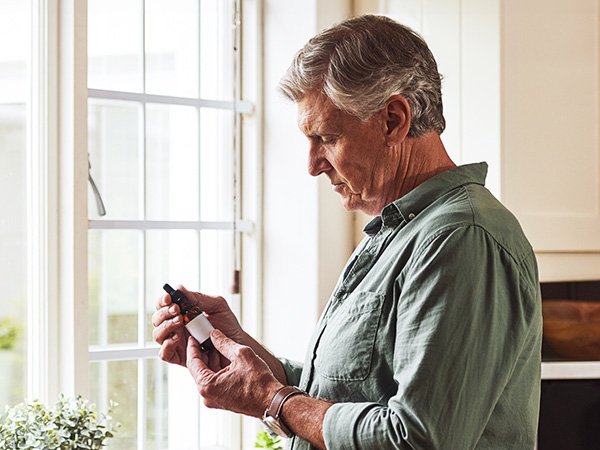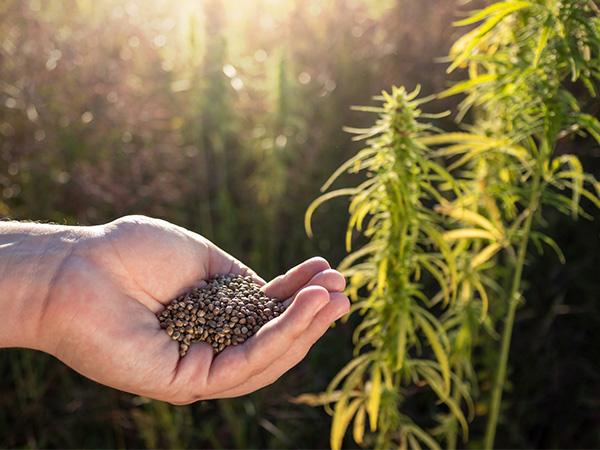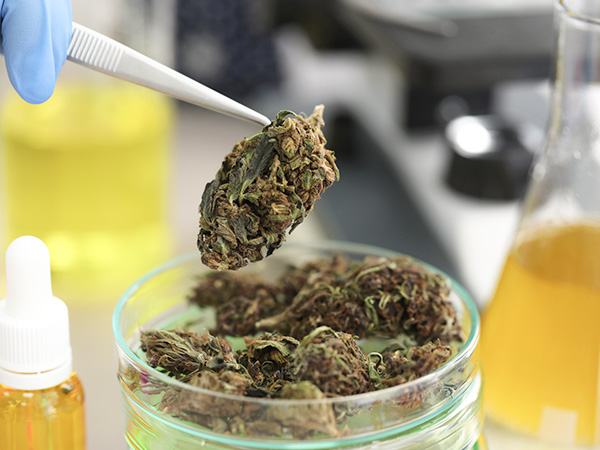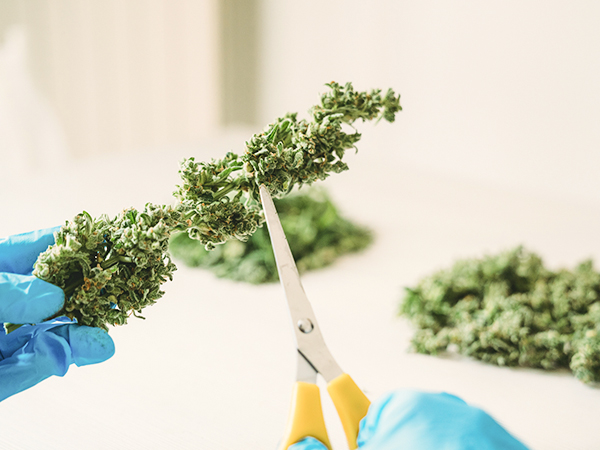Have you ever wondered where your medical cannabis prescription comes from? If you use cannabis flower, it might seem obvious. But with oils, tinctures, capsules, and cartridges, it’s easy to miss precisely what your prescription contains.
All medical cannabis products are derived from the marijuana plant, officially called Cannabis sativa L). The flowers from the plant produce cannabinoids and terpenes that have medical and, in some cases, psychoactive effects. By carefully cultivating these plants, we get a diverse range of medical cannabis products available by prescription in Australia today.
A Plant with a Million Uses
Cannabis sativa L. is a species of flowering plant. For over 12,000 years, humans have cultivated this plant for many different purposes.
Most parts of the cannabis plant can be used for something. Clothing, paper, construction materials, biofuels, and foods can all be made from Cannabis sativa L. The stalks make hemp fibre for fabrics and clothing, while the seeds produce hemp oil that’s used as a health food.
Not every cannabis plant is the same: Countless strains have different properties. Cannabis plants with little or no THC content are often called “hemp” and are used for industrial purposes. Meanwhile, plants containing THC, CBD, and other cannabinoids are grown for medical use.
The Anatomy of a Cannabis Plant
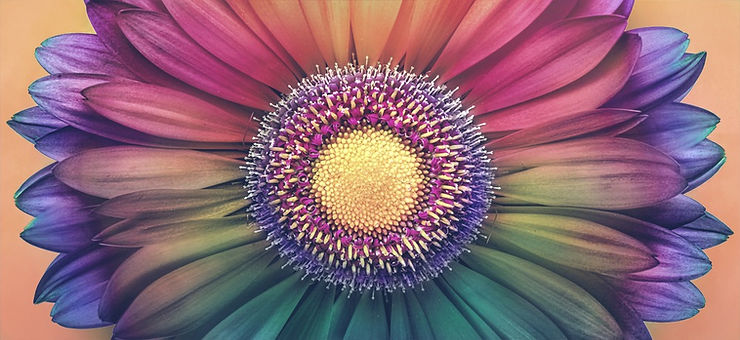
Cannabis leaves are an iconic pop culture image, but you might be less familiar with the rest of the cannabis plant. So let’s break it down.
Stem and Branches
Cannabis plants have a rigid stem that grows directly upwards. Branches grow sideways from the main stem, and flowers and leaves grow from those branches. Cannabis plants naturally grow tall and straight, but growers often keep them short so they grow broader with more flowers.
Nodes
A node is a point where a branch leaves the plant's stem. The male and female sex organs start to grow at nodes between six to eight weeks.
Fan Leaves
The fan leaves are the unmistakably shaped leaves we all recognise from movies and media. They grow on the lower branches of the cannabis plant, capturing light for photosynthesis like any other plant. Despite their iconic status, they contain barely any THC or CBD and are usually discarded once the plant is harvested.
Sugar Leaves
Sugar leaves are smaller and grow closer to the top of the cannabis plant, near the flower. Cannabis flowers form around sugar leaves, covered in a sugary resin that secretes cannabinoids and terpenes. Often, these are discarded, but some producers may use them for extraction.
Cola
The cola is the place where cannabis flowers grow. They grow clumped together in bunches, similar to hops. The biggest cola is always at the top of the cannabis plant, although there can be multiple colas on one plant.
Flowers
The cannabis flower is the essential part of the plant (at least for medical cannabis users). It’s the flowers (also known as buds) that contain the vital cannabinoids and terpenes that are responsible for cannabis’ medical properties.
The Anatomy of a Cannabis Flower
Now you’ve got the basics, let’s explore the cannabis flower in more detail.
Firstly, only female cannabis flowers produce THC, CBD, other cannabinoids and terpenes. Male flowers pollinate the female plants — although growers try to avoid that, as it ruins the delicate buds. So every medical cannabis product is made from a female cannabis plant.
Trichomes
Trichomes are tiny but very important! They’re small glands that grow on the surface of the cannabis flower. They look like tiny transparent hairs. Trichomes evolved to protect plants from predators by secreting chemicals.
In the case of cannabis, the trichomes secrete cannabinoids and terpenes, among other chemicals. This gives the appearance of a sugary resin coating the flowers. This is what’s preserved when cannabis is harvested and cured and what eventually becomes your medical cannabis prescription.
Bracts and Calyx
The bracts look like small green leaves, although they aren’t. — they’re a different structure that contains the female reproductive parts of the cannabis plant. They produce a considerable amount of resin. Inside the bracts is a translucent layer called the calyx, which protects the ovule.
Pistils and Stigma
Pistils are the female reproductive parts of a flower, containing the stigma and the ovary (with the ovule inside). The stigmas look like long, thin hairs that extend from the flower. They’ve evolved to collect pollen from male plants transported by the wind.
Male vs. Female Cannabis Flowers
As we mentioned above, only female cannabis flowers produce the cannabinoids and terpenes that are important for medical cannabis patients. So what about the male plants?
Male cannabis plants do still produce flowers, but they pale in comparison to the elaborate colas on female plants. Male cannabis flowers are small and teardrop-shaped. They dangle in bundles below the nodes on a cannabis plant.
These flowers produce pollen, which is transported by the wind to female plants. However, most modern cannabis isn’t bred that way, so male plants are a rarity. They can still be valuable for creating hemp fibre, as the male plants are softer and more supple than female plants.
Explore Medical Cannabis Flower for Yourself
It's thanks to the resin-producing trichomes that cannabis flower and its many related products are thought to offer therapeutic value. If you’re wondering whether medical cannabis could be helpful for your chronic condition, book a consultation with a doctor at a cannabis clinic or your local GP. They'll be able to assess your history and symptoms and make a decision as to whether you're eligible – and could benefit from – cannabis care.
There are a number of risks associated with the use of medical cannabis and your doctor will explain these to you before issuing a prescription. Medical cannabis affects everyone differently and may not help with your chronic condition.

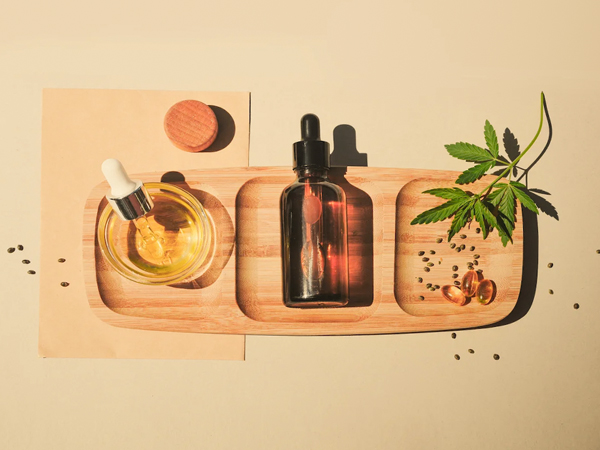
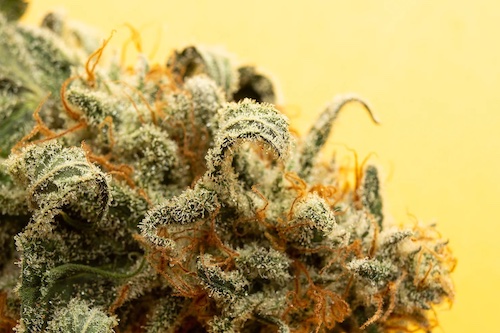
.jpg)
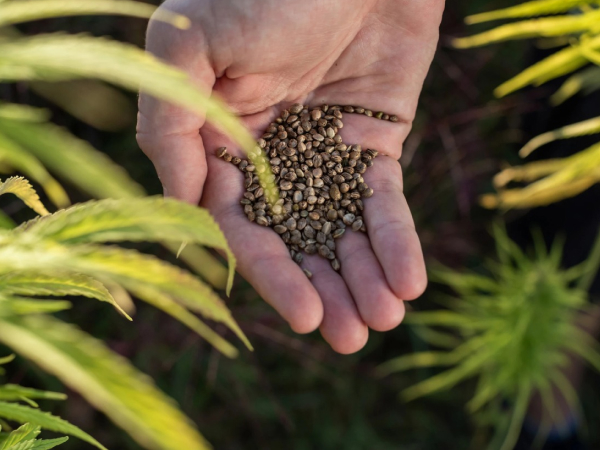
.jpg)
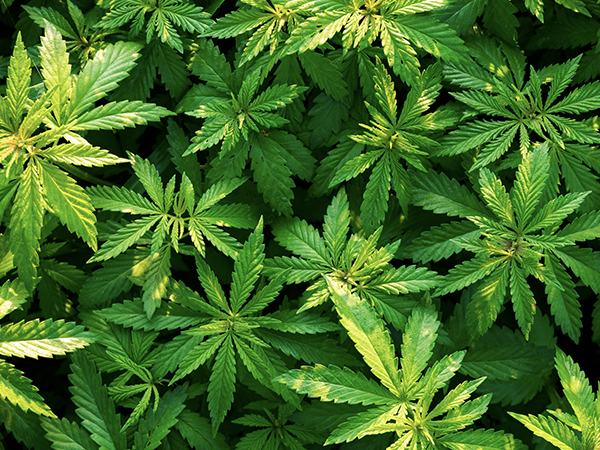
.jpg)
.jpg)
